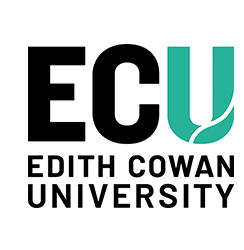Abstract
Introduction:
Men who receive androgen deprivation therapy (ADT) for prostate cancer (PCa) are a vulnerable falls population due to the side effects of treatment. The purpose of this paper is to determine the cost-effectiveness of exercise in preventing falls and fractures for this high-risk population in Australia.
Methods:
A decision analytic model was constructed to evaluate the cost utility of an exercise intervention compared to usual care from a health system perspective. The intervention comprised two 1-h sessions of supervised exercise per week over 1 year for men with non-metastatic PCa receiving curative radiation therapy and ADT. A Markov model simulated the transition between five health states: (1) at risk of falling; (2) at recurrent risk of falling; (3) fracture (minor or major); (4) non-fracture injury (minor or major); and (5) death. Model inputs including transition probabilities and utility scores were obtained from published meta-analyses, and costs were drawn from Australian data sources (e.g. Medical Benefits Schedule). The model time horizon was 3 years, and costs and effects were discounted at 5% annual rate. Costs and quality-adjusted life years (QALYs) were aggregated and compared between the intervention and control to calculate incremental net monetary benefit (iNMB). Uncertainty in the results was explored using deterministic and probabilistic sensitivity analyses (PSA).
Results:
At a willingness-to-pay of AU$50,000 per QALY, the exercise intervention dominated, as it was less costly and more effective than usual care. The iNMB was $3010 per patient. The PSA showed a 58% probability the intervention was cost-effective.
Conclusion:
This is the first modelled economic evaluation of exercise for men with PCa. Our results suggest supervised exercise is cost-effective in reducing the risks of falls and fractures in this population.
Document Type
Journal Article
Date of Publication
2022
Publication Title
Supportive Care in Cancer
Publisher
Springer
School
School of Medical and Health Sciences / Centre for Exercise and Sports Science Research / Exercise Medicine Research Institute
RAS ID
44760
Funders
Centre for Research Excellence in Prostate Cancer Survivorship (CRE-PCS) - KE
Creative Commons License

This work is licensed under a Creative Commons Attribution 4.0 License.


Comments
Edmunds, K., Scuffham, P., Newton, R. U., Galvão, D. A., & Tuffaha, H. (2022). Exercise in preventing falls for men with prostate cancer: A modelled cost-utility analysis. Supportive Care in Cancer, 30, 5037-5046.
https://doi.org/10.1007/s00520-022-06900-2